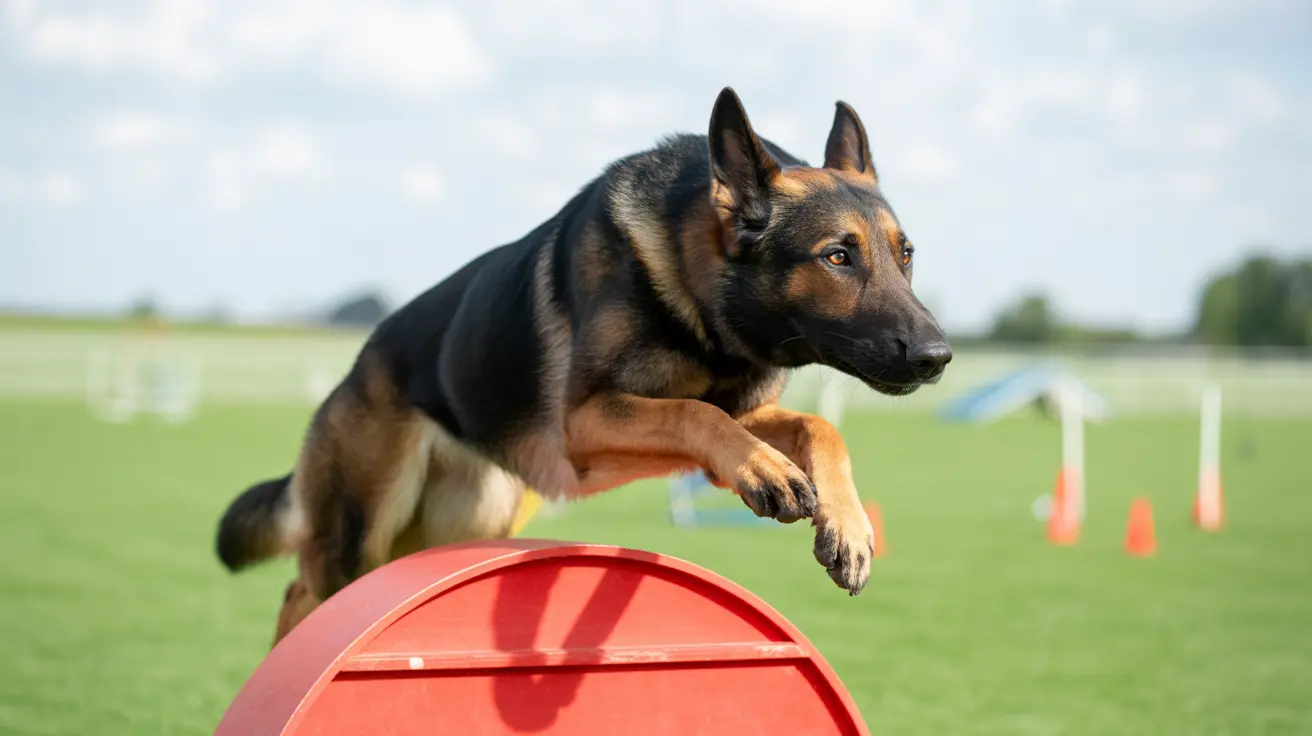Understanding the 7-7-7 Rule for Dogs: Building Trust and Comfort
When bringing a new dog into your home, whether it's a puppy or a rescue, the transition can be overwhelming—not just for you, but especially for the dog. The 7-7-7 rule is a practical framework to help pet parents understand the emotional and behavioral adjustment periods their new furry family member may go through. This rule can serve as a compass during those crucial initial interactions and set the tone for a lasting, trusting relationship.
What is the 7-7-7 Rule?
The 7-7-7 rule breaks down the dog’s acclimation period into three phases:
- 7 seconds: The immediate first impression your dog makes when entering a new space. They're assessing basic safety and danger in their environment.
- 7 minutes: Dogs begin to process more complex sensory input—smells, people, and sounds. They may start to relax slightly or display stress responses.
- 7 days: This marks the beginning of emotional bonding and adaptation to their new routine and family.
Phase 1: The First 7 Seconds
In the blink of an eye, a dog takes in an enormous amount of information. During these first few seconds in an unfamiliar place, your dog:
- Scans for threats and safe spaces
- Observes body language of humans and other pets
- May freeze, hide, or bark depending on temperament
It’s critical during this moment to remain calm, relaxed, and avoid overwhelming the dog with attention or touch.
Phase 2: The First 7 Minutes
As initial shock dissipates, your dog moves into discovery mode. Here’s what might happen:
- Walking around to sniff and explore
- Listening to ambient sounds
- Testing boundaries or showing signs of anxiety (whining, pacing)
This is a good time to offer access to water, introduce a soft bed, and speak in a low, reassuring voice. Avoid introducing too many people or new animals right away.
Phase 3: The First 7 Days
This phase is about establishing trust and security. During the first week in a new environment, a dog will begin to:
- Recognize feeding times and schedules
- Bond with primary caregivers
- Pick up on household rules and routines
- Start to play or show affection
It is crucial to remain patient, offer positive reinforcement, and give space when needed. Every dog adjusts at their own pace, so try not to rush the bonding process.
Extending the Rule: 3-3-3 Rule for Rescues
Many rescue organizations also use the 3-3-3 rule, which extends the 7-7-7 concept into longer-term adjustment periods:
- 3 days of decompression
- 3 weeks of learning the routine
- 3 months of building solid trust and bond
This extended rule is especially relevant for adult dogs who may have experienced trauma or multiple transitions.
Tips to Ease Your Dog's Transition
- Keep routines consistent: Dogs feel secure with consistency. Feed, walk, and play at regular times.
- Provide a safe space: A dedicated quiet area or crate can be a refuge during adjustment.
- Use positive reinforcement: Reward calm and desired behaviors with treats or praise.
- Limit new stimuli: Avoid overwhelming your dog with visitors or trips in the first week.
Signs of Successful Adjustment
- Relaxed body language (tail wagging, soft eyes)
- Willingness to engage in play
- Following you around or seeking contact
- Sleeping soundly and eating regularly
Being Patient Is Key
Every dog is different. While the 7-7-7 rule offers general guidance, remember that individual factors—like breed, previous trauma, and age—can affect adjustment time. Maintaining a calm, understanding environment will help your new dog feel at home more quickly.
Bottom line: The 7-7-7 rule is a helpful guideline for recognizing the emotional and behavioral stages a dog goes through during initial transitions. Knowing what to expect and responding appropriately can make all the difference in building a trusting, loving relationship with your canine companion.





